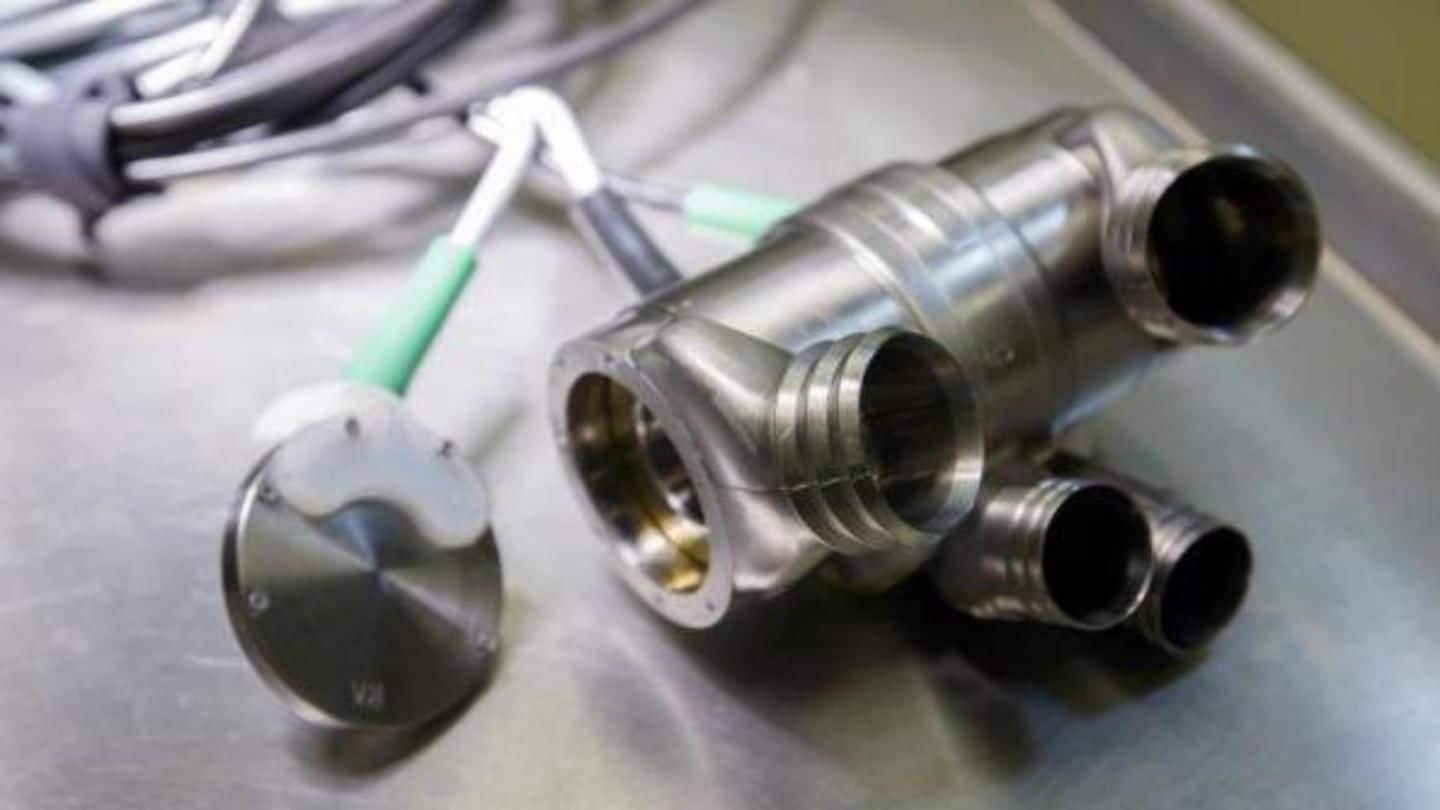
An artificial heart that could permanently replace a human one
What's the story
Researchers at the Oregon Health and Science University are developing an artificial heart with an extremely simple design.
They believe it has the potential to be the first such device that could permanently replace a failing human heart.
Researchers have been trying for decades to make an artificial heart that can sustain in a human body for life without breaking or causing infections.
Working
The artificial heart has an extremely simple design
The artificial heart replaces the human heart's two lower chambers and contains a single moving piece with no valves.
This is a titanium tube containing a hollow rod that moves back and forth.
The back-and-forth motion creates a blood flow that mimics a natural pulse by pushing blood to the lungs to extract oxygen and then through the rest of the body.
Do you know?
The first artificial heart was implanted in 2006
The first artificial heart, AbioCor, was implanted in 15 people in 2006 before going off-market. Last year, researchers built a 3-D-printed artificial heart, which degraded after 45 minutes. Currently, only one artificial heart, by SynCardia, is available, which is temporarily used in heart transplant patients.
Development
It should be commercially available in five years: Researchers
An early prototype of the artificial heart has been successfully tested in cows.
Next, researchers want to put the organ in sheep for about three months.
"If it works for that long, we think we'll be able to put it in people," said head researcher Sanjiv Kaul, who expects the device to be commercially available in five years.
Information
Artificial heart will be recharged by small, hand-held battery pack
Designed by Richard Wampler, the artificial heart will be small enough to fit in children as young as 10 years old. It will need to be recharged with a hand-held battery pack until an alternative that can be implanted under the skin is not developed.